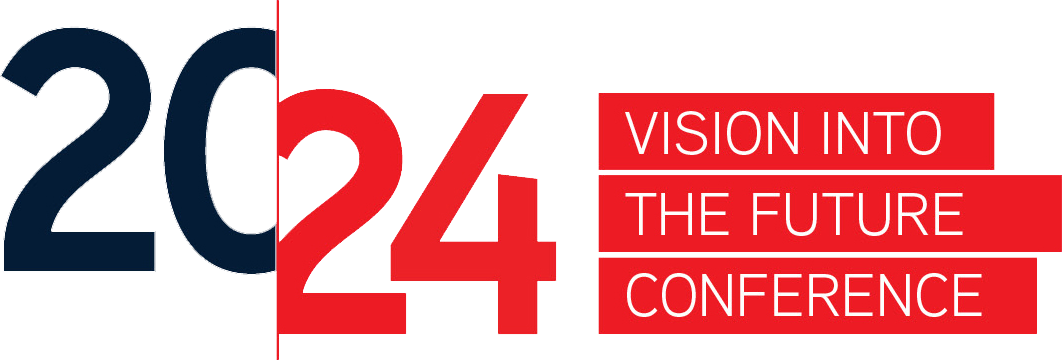The Fourier Transform is a mathematical operation that converts a function ( f(x) ) into a form that describes the frequencies present in the original function. In 1822, Joseph Fourier claimed that any function, whether continuous or discontinuous, can be rebuilt as a summation of sine waves. The Fourier transform is analogous to decomposing a song into the musical notes that make up the song.
Advancements in computing hardware, and in algorithm development have pushed the Fourier Transform into mainstream data processing and analysis. It has found its way into many applications including sound processing, data compression, and medical imaging (the basis for MRI).
While you typically do not learn the math to perform a Fourier Transform until 2nd or 3rd year of university, we can see how it is implemented to understand the concepts behind its functioning. In this workshop, we will use the Arduino programming language with an ESP32 development board to program a hardware circuit to light up an LED matrix based on input sound information. Through this process, you will test your circuit on different sound files to convince yourself that the Fourier Transform is able to extract the frequency content of an input wave. Note: no previous experience with coding or using Arduinos is needed for this workshop.
About the Speaker
Dr. Christopher Rowley is an Assistant Professor in the Department of Physics and Astronomy at McMaster University. He found his love for science in high school at North Park Collegiate in Brantford ON, when he participated in the Bay Area Science and Engineering Fair (BASEF). Following this, Dr. Rowley completed his BSc in Medical Physics at McMaster University. Through his undergraduate studies, he became fascinated with magnetic resonance imaging (MRI) and its capabilities to image the brain. To pursue this, he completed his PhD under the supervision of Dr. Nicholas Bock, with a focus on Neuroscience. From here, he spent nearly five years completing his post doctoral research at the McConnell Brain Imaging Center at the Neuro at McGill University under the supervision of Drs. Christine Tardif and Bruce Pike.
Dr. Rowley’s work to date has focused on characterizing the cortical microstructure of the brain using MRI. His most recent work has focused on developing more specific MR measures for brain myelination to be able to study how the structure of brain changes in aging, learning and disease.
